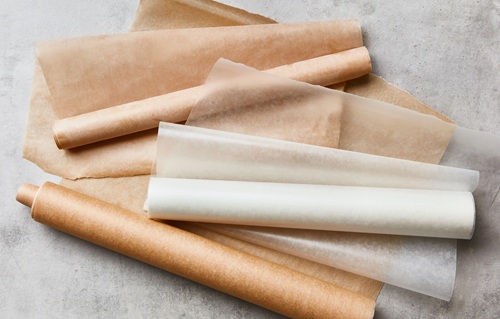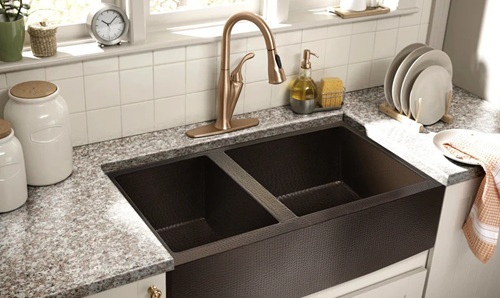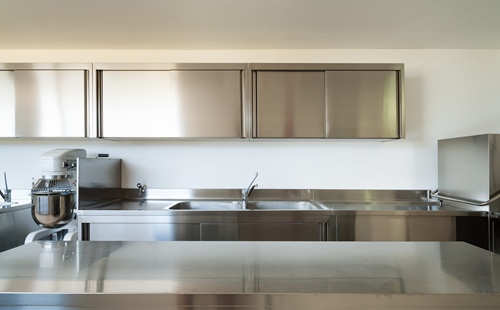In the world of cooking and baking, few tools are as humble yet powerful as parchment paper. Found in nearly every professional kitchen and used by home bakers worldwide, this thin sheet of heat-resistant paper can drastically improve your culinary outcomes—if used correctly.
But is parchment paper always the best option? Are there any drawbacks you should know before reaching for that roll? Lets find out this:

What Is Parchment Paper?
Parchment paper, also known as baking paper, is a cellulose-based, non-stick paper treated with silicone to withstand oven heat. It’s most commonly used to line baking sheets and pans, but it’s also useful for steaming, wrapping, and separating layers of food.
There are two main types:
- Bleached parchment paper – white, treated with chlorine.
- Unbleached parchment paper – brown, free of chlorine, more eco-friendly.
✅ Pros of Parchment Paper
1. Non-Stick Surface
Parchment paper’s silicone coating makes it naturally non-stick, which means your cookies, cakes, and roasted vegetables won’t cling to the pan.
No need for oils, sprays, or greasing pans—a healthier and cleaner way to cook and bake.
Pro Tip: Ideal for sticky batters like macarons, meringues, and caramel-based desserts.
2. Even Baking and Reduced Browning
Parchment creates a thin insulating layer between the food and the baking sheet. This can:
- Prevent excessive browning or burning
- Encourage even heat distribution
- Protect the bottom of baked goods like cookies or biscuits
This is especially useful in ovens with hot spots or uneven heat.
3. Simplifies Cleanup
Lining a tray or baking pan with parchment paper means less scrubbing afterward. No burnt cheese, caramelized sugar, or stuck-on crumbs to scrape off.
It also helps protect baking trays and prolong their lifespan by preventing direct contact with food and moisture.
4. Versatile Kitchen Tool
Parchment paper isn’t just for baking. You can also use it for:
- Steaming fish or vegetables (en papillote cooking)
- Layering between cookies or pastries in storage
- Rolling out doughs without sticking
- Microwave splatter protection
Its versatility makes it an all-in-one food prep companion.
5. Heat Resistant
Parchment paper can typically withstand temperatures up to 420°F to 450°F (215°C to 230°C), making it safe for most baking and roasting tasks.
Unlike wax paper, which can melt or smoke, parchment paper remains stable in the oven.
6. Eco-Friendly Options Available
Unbleached parchment paper is compostable and biodegradable, and many brands now offer versions that are certified chlorine-free or made from sustainably sourced materials.
This makes it a better choice for eco-conscious kitchens.
❌ Cons of Parchment Paper
1. Not Suitable for High-Heat Roasting or Broiling
Parchment has a heat limit. At temperatures above 450°F, it may:
- Scorch
- Darken
- Emit smoke
- Even catch fire under a broiler
Warning: Never use parchment paper for open flame cooking or broiling.
2. Single-Use and Can Be Wasteful
While some parchment paper is reusable a few times (especially when lightly used), most sheets are disposable, adding to kitchen waste.
For frequent bakers or eco-minded users, this may be a drawback compared to reusable silicone baking mats.
3. Can Curl or Shift in Oven
Parchment paper, especially when cut from a roll, may curl up at the edges or move around if not weighed down by food.
This can be frustrating and even result in uneven baking.
Fix: Use parchment sheets or crumple the paper slightly before laying it flat to help it stay in place.
4. More Expensive Than Wax Paper or Foil
While not exorbitant, parchment paper is costlier than wax paper or aluminum foil, especially when used frequently. Pre-cut sheets and unbleached versions are typically more expensive than rolls.
5. Not All Brands Are Created Equal
Some low-cost parchment papers may:
- Have weak non-stick performance
- Tear easily
- Discolor or burn faster
It’s worth investing in reliable brands like Reynolds, If You Care, or Kirkland for consistent quality.
Parchment Paper vs. Alternatives
| Feature | Parchment Paper | Wax Paper | Aluminum Foil | Silicone Baking Mat |
| Oven Safe | ✅ Yes (to 450°F) | ❌ No (melts) | ✅ Yes (very high heat) | ✅ Yes (up to 480°F) |
| Non-Stick Surface | ✅ Yes | ✅ Yes | ❌ Requires greasing | ✅ Excellent |
| Reusable | ❌ Single-use | ❌ Single-use | ✅ Sometimes | ✅ Many times |
| Eco-Friendly | ⚠️ Moderate | ❌ No (paraffin wax) | ❌ Not biodegradable | ✅ Yes |
| Ideal Use Cases | Baking, steaming | Storage, rolling dough | Roasting, broiling | Baking, dough prep |
| Price (per use) | ₹₹ Moderate | ₹ Low | ₹ Low | ₹₹₹ Higher upfront |
Tips for Using Parchment Paper Effectively
- Cut to Fit Trays or Use Pre-Cut Sheets – This helps avoid curling and shifting in the oven.
- Avoid Direct Flame or High Broil Settings – Parchment can burn above its heat limit.
- Reuse If Lightly Used – You can reuse a sheet once or twice if there’s no burning or excessive grease.
- Crumple to Flatten – To keep parchment from rolling up, crumple it and then flatten before use.
- Label Baked Goods – Parchment is excellent for lining containers when stacking cookies or bars. You can even write on it with a pencil.
🏁 Should You Use Parchment Paper?
✅ Parchment Paper Is Ideal If:
- You bake frequently and want easy release and even results
- You prefer less cleanup and nonstick convenience
- You do low- to mid-heat cooking and roasting
- You want a versatile tool for multiple kitchen tasks
❌ You Might Skip It If:
- You often cook at very high temperatures
- You want zero waste or fully reusable options
- You need a rigid liner that doesn’t curl or shift
Final Verdict
Parchment paper is a small but mighty tool in the kitchen. It offers convenience, non-stick performance, and easy cleanup, especially in baking. While it’s not suitable for high-heat applications or zero-waste cooking, it remains an essential ally for anyone looking to simplify their baking experience and elevate their results.
For best results, use high-quality, unbleached parchment paper, and combine it with smart habits like proper cutting and temperature awareness. Whether you’re baking cookies or steaming salmon, parchment paper is a reliable, flexible, and helpful kitchen companion.

